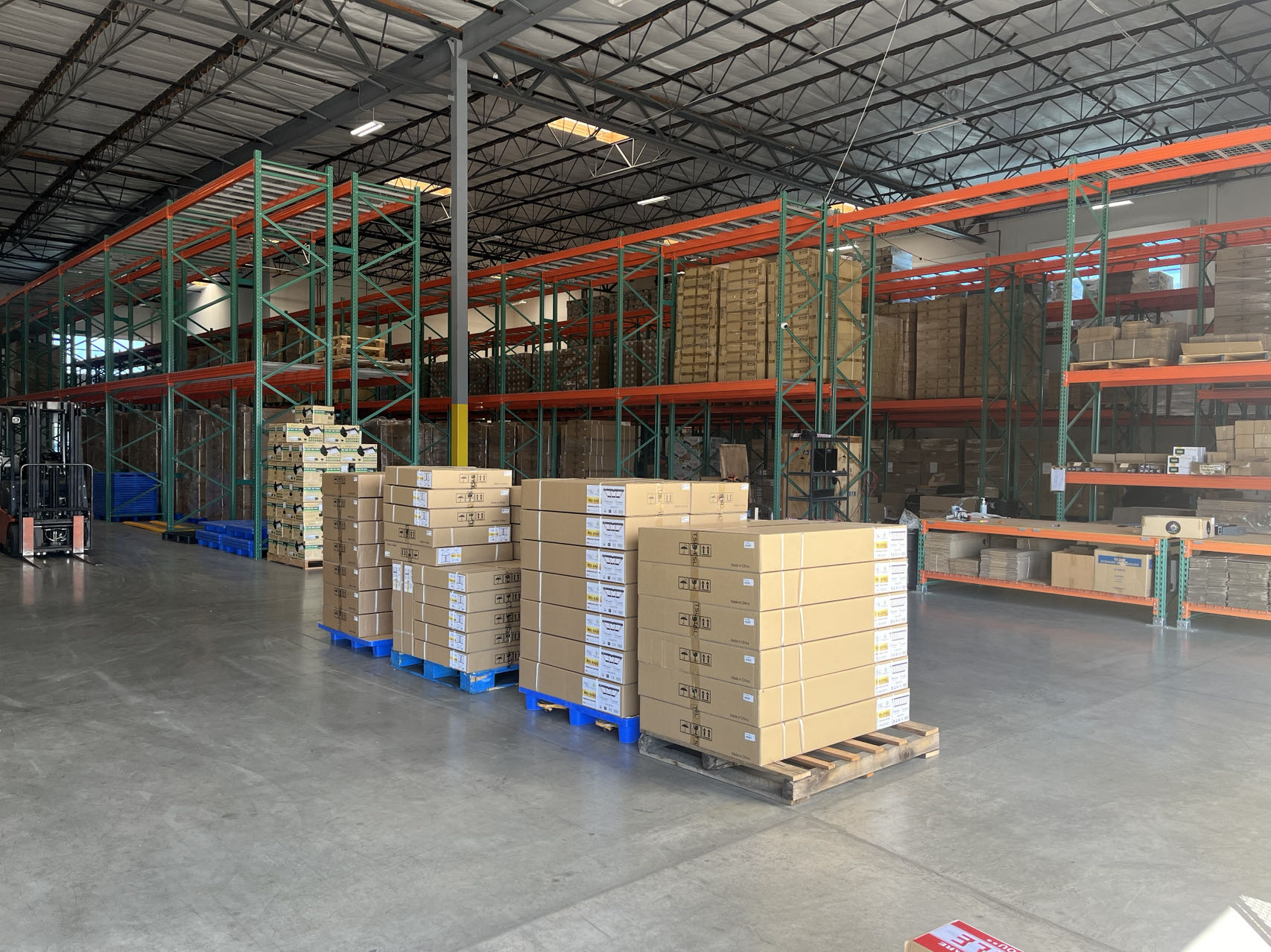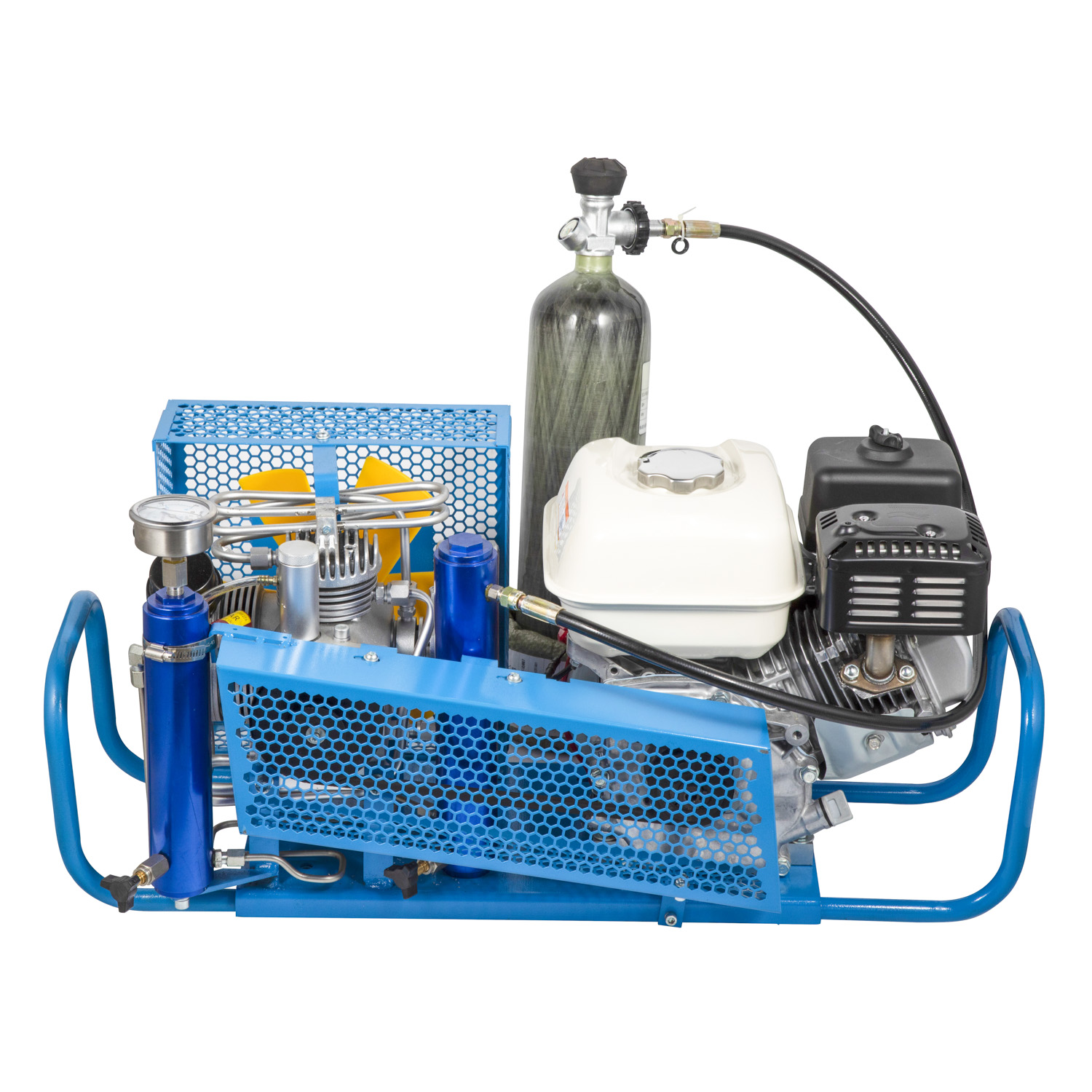
Introduction
Piston air compressors are widely used across various industries due to their reliability and versatility. These compressors generate compressed air using one or more pistons that move back and forth within cylinders. This mechanical action allows them to produce compressed air, which is then utilized in numerous applications. Understanding the different uses and key factors related to piston air compressors is essential for businesses and individuals seeking efficient and effective compressed air solutions.
Working Principle and Applications
Working Principle
Piston air compressors operate on a straightforward principle. As the piston moves downward within the cylinder, it creates a vacuum that draws air in through an intake valve. When the piston moves upward, it compresses the air, which is then discharged through a discharge valve. This cyclic process repeats continuously to maintain a steady supply of compressed air. The piston is typically powered by an electric motor or an engine, which provides the necessary energy for the compression process.
Applications
Automotive Repair and Service
Piston air compressors are a staple in automotive workshops, where they power a wide range of pneumatic tools, including impact wrenches, air ratchets, and pneumatic drills.
● These tools rely on a consistent supply of compressed air to function efficiently, making tasks like removing and installing bolts, tightening nuts, and drilling holes much easier.
● The ability to provide high-pressure bursts of air makes piston compressors ideal for these applications.
Construction Industry
On construction sites, piston air compressors serve multiple purposes.
● They power pneumatic nail guns, which are essential for fastening materials such as wood and siding.
● They are also used to operate air-powered jackhammers and concrete breakers.
● Their portability and durability make them well-suited for the rugged conditions of construction sites, allowing easy transportation and reliable performance.
Manufacturing and Assembly Lines
Many manufacturing processes rely on compressed air, and piston air compressors play a crucial role in these settings.
● They power pneumatic actuators that control machinery and equipment movements.
● In assembly lines, compressed air is used for tasks such as part ejection, clamping, and positioning.
● The consistent supply of compressed air provided by piston compressors ensures smooth operation, enhancing productivity and efficiency in manufacturing facilities.
Woodworking and Carpentry
Piston air compressors are also valuable in woodworking shops.
● They power tools such as air sanders, spray guns, and pneumatic routers.
● Air sanders create a smooth, even finish on wooden surfaces.
● Spray guns allow for efficient application of paints and finishes.
● Pneumatic routers offer precise control for shaping and cutting wood.
● The ability to adjust air pressure based on the specific tool and task makes piston compressors a popular choice for woodworking applications.
General Industrial and Workshop Use
In industrial and workshop environments, piston air compressors are used for various tasks.
● They inflate tires, operate air-powered pumps, and provide compressed air for cleaning.
● In some cases, they power small-scale pneumatic conveyors for moving lightweight materials.
● Their versatility and ability to handle different air pressure requirements make them a valuable addition to any workshop or industrial facility.
Key Considerations for Selection
Power and Capacity Requirements
The power and capacity of a piston air compressor should be carefully considered based on the intended application.
● High-powered compressors are required for heavy-duty tasks that demand a large volume of compressed air at high pressures, such as operating large pneumatic jackhammers in construction.
● For lighter tasks, such as inflating tires or powering small pneumatic tools in a home workshop, a lower-powered compressor with a smaller capacity may be sufficient.
● It is important to assess maximum air consumption and pressure requirements to ensure optimal performance.
Noise Level
Noise can be a major concern, especially in indoor workspaces or areas with strict noise regulations.
● Piston air compressors can generate significant noise during operation.
● Look for models with noise reduction features, such as soundproof enclosures or mufflers.
● The overall design and construction of the compressor also impact noise levels—well-balanced and properly engineered models tend to operate more quietly.
Maintenance and Durability
Regular maintenance is essential for the long-term performance and reliability of piston air compressors.
● Consider ease of access for tasks such as filter replacement, oil changes (if applicable), and piston ring inspection.
● Compressors with simple maintenance procedures reduce downtime and servicing costs.
● Durability is especially important in industrial and heavy-use environments. Look for high-quality materials and robust construction to ensure longevity.
● A well-built compressor will have a longer lifespan and offer better value over time.
Portability
Portability is a key factor depending on the application.
● For construction sites or mobile repair services, a lightweight and portable piston air compressor is essential.
○ Many models feature wheels and handles for easy transportation.
● If the compressor is for fixed use in a manufacturing plant or workshop, portability is less critical—power, capacity, and stability become more important factors.
4500 PSI PCP/Paintball/SCUBA/SCBA Refilling High-Pressure Air Compressor
4500 PSI PCP/Paintball Game/Scuba/SCBA Refilling High-Pressure Air Compressor is an excellent choice. The SCU Series includes some of the most widely used portable compressors in the world.
Key Features:
● Compact size and lightweight design, making them ideal for diverse applications.
● High-pressure breathable air for:
○ Diving
○ Recreational activities
○ Firefighting services
○ Paintball facilities
● Available with petrol or electric motors, including three-phase and single-phase options.
● Equipped with an HPDMC pumping unit for reliable performance.
● Standard equipment includes:
○ Filling connection with a flexible hose
○ Working pressures from 232 to 330 bar
Customization Options:
● Pressure maintenance valve
● Automatic condensate drain
● Auto-stop function
● Chassis available in stainless steel
This compressor offers customizable options for enhanced user experience, making it a versatile and reliable choice for high-pressure air needs.

